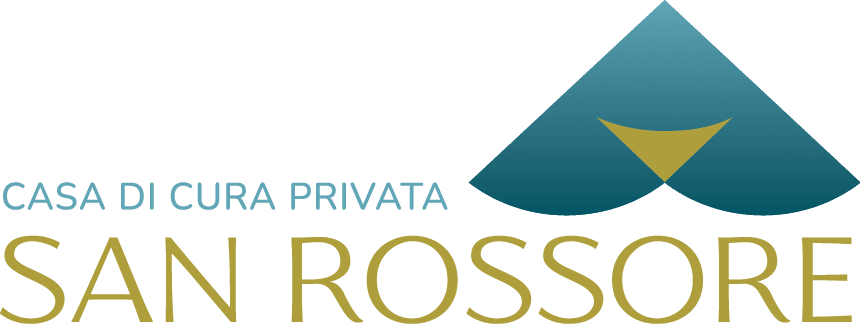Pneumology
Pulmonology or respiratory medicine can be defined as the science that studies the structure, function and pathology of the lungs or more simply as the branch of medicine that deals with diseases of the Respiratory System (bronchi and lungs).
The main diagnostic activities consist of the Pneumological Examination and the performance of some instrumental examinations.
The Pneumological Examination is divided into 3 stages.
The first stage is when the patient and the specialist interface on what is the patient’s medical history and analysis of the respiratory symptoms that led the patient to request the visit.
Symptoms are collected through the use of standardized questionnaires (MRC, CECA) for the purpose of assessing the presence of symptoms referable to a possible chronic disease, the degree of functional limitation (mMRC scale for measuring dyspnea) and quality of life (CAT, COPD Assessment Test).
The second phase is devoted to the objective examination
The third phase is devoted to performing, if the patient consents, instrumental examinations from the simplest and noninvasive to the most sophisticated.
MAIN INSTRUMENTAL EXAMINATIONS IN THE PNEUMOLOGICAL FIELD:
Saturimetry This is a test used to determine the percentage of oxygen saturation in a patient’s blood. It is an examination that is undoubtedly painless and very tolerable by the patient. This examination is performed by means of a device known as an oximeter, a device that is attached to a finger of the hand by a probe. In this way, data such as heart rate and oxygen saturation for a specific period of time, which can range from a few minutes to the whole day.
Basal pyrometry (flow/volume curve)This is a very simple, noninvasive test that is essential for the diagnosis of bronchial asthma and other respiratory diseases, measuring respiratory volumes and airflow rates. It is performed with an instrument known as a “spirometer,” which consists of a meter of the flow and volume of air mobilized by the patient connected to a computer that receives a signal and converts it into numerical values and graphic images.
Dynamic reversibility test (salbutamol)It is performed in the presence of signs of bronchial obstruction (FEV1/FVC <70) by having the patient inhale 2-4 puffs of salbutamol (200-400 mcg) and repeating spirometry after 20 minutes. The test should be considered positive if there is an increase in FEV1(maximum expiratory volume in the 1st second of FVC) > 12% and/or ≥ to 200 ml as an absolute value. The test is useful for the differential diagnosis between bronchial asthma and COPD,to detect a reversibility component in COPD and to monitor the effectiveness of bronchodilator treatment.
Walking Test (6MWT) Measures the distance a subject can travel by walking as fast as possible on a flat surface in six minutes, including any breaks the subject deems necessary. The test is used to assess the ability to travel a certain distance and is a quick and inexpensive measure to assess the ability to perform normal daily activities or, conversely, the degree of functional limitation of the subject. At the end of each minute, heart rate and hemoglobin saturation are measured, as well as the number of meters traveled during the test.
Arterial Hemogas Analysis This is a blood test. The sample is usually taken from the radial (wrist) artery or, more rarely, from the brachial (anterior aspect of the elbow) or femoral (groin) artery. Arterial blood gas analysis is used to measure the amount of oxygen and carbon dioxide in our blood and the pH of the blood. It is required in all cases where the presence and extent of respiratory insufficiency is to be checked and thus in ventilation control disorders (hypoventilation/hyperventilation syndromes, ventilation disorders during sleep, etc etc). It can also be performed to assess the effectiveness of therapy, particularly oxygen administration.
For the purpose of a comprehensive and accurate pulmonological evaluation, the pulmonologist should be able to have a Chest radiograph in 2 projections which can provide important information about the size of the heart and large vessels (pulmonary artery, ascending aorta, aortic arch),lungs, bronchovascular pattern, rib cage, and diaphragm.
The clinical examination and the results of the instrumental examinations can point to various diseases among the most common such as obstructive diseases (chronic bronchitis, asthma, emphysema, bronchiectasis) and infectious diseases (pneumonia) or rarer such as infiltrative and interstitial diseases of the lung or lung cancer. Patients with COPD (chronic bronchitis, emphysema) with dyspnea and impaired exercise tolerance can be started on a respiratory rehabilitation program. Currently, exercise re-training is considered the main aspect of a rehabilitation program “tailored” to the patient in an attempt to optimize autonomy and physical and social performance. Respiratory rehabilitation reduces symptoms, increases work capacity and improves quality of life in individuals with chronic respiratory disease even in the presence of irreversible structural changes.
In interstitial disease and suspected bronchiectasis, it may be sufficient to perform a morphological study of the lung by TC-HRCT (high resolution without mdc).
The Computerized multidetector spiral tomography (TC), with the application of low-dose protocols, has emerged as the method of choice for early detection of lung malignancies.
Finally, Angio-CT occupies a prominent place in the evaluation of pulmonary circulation disorders and particularly in the diagnosis of pulmonary embolism. CT Angio is an X-ray examination that,by injection of contrast medium,allows visualization of the course of blood vessels.
